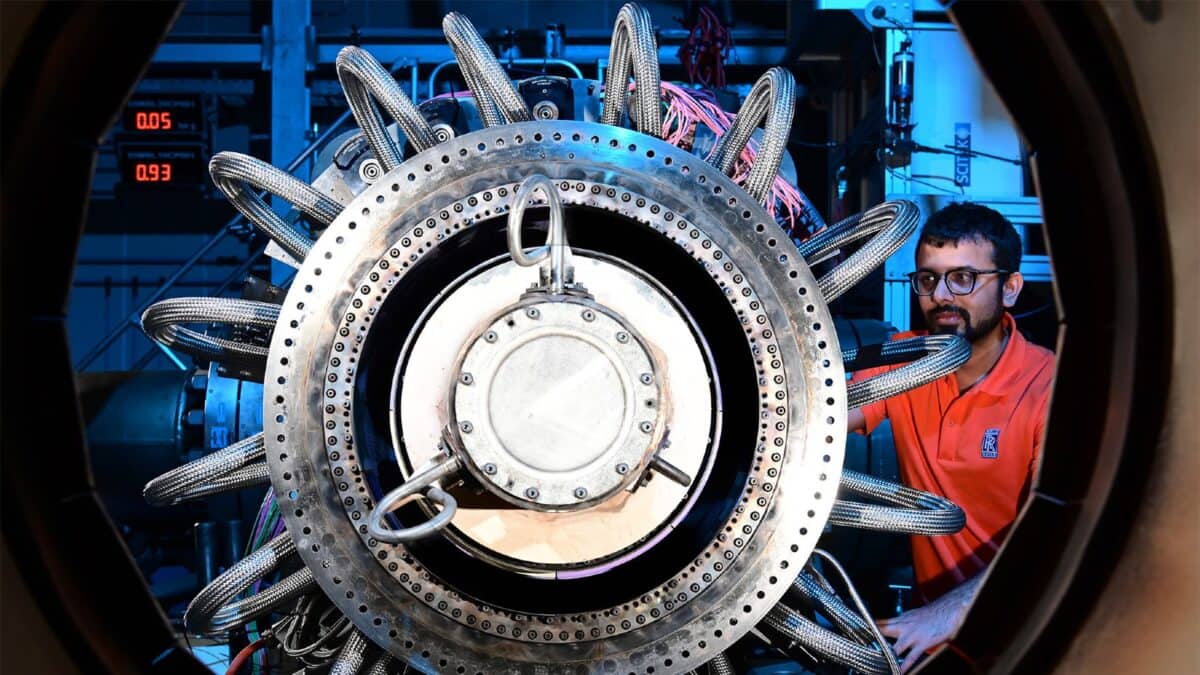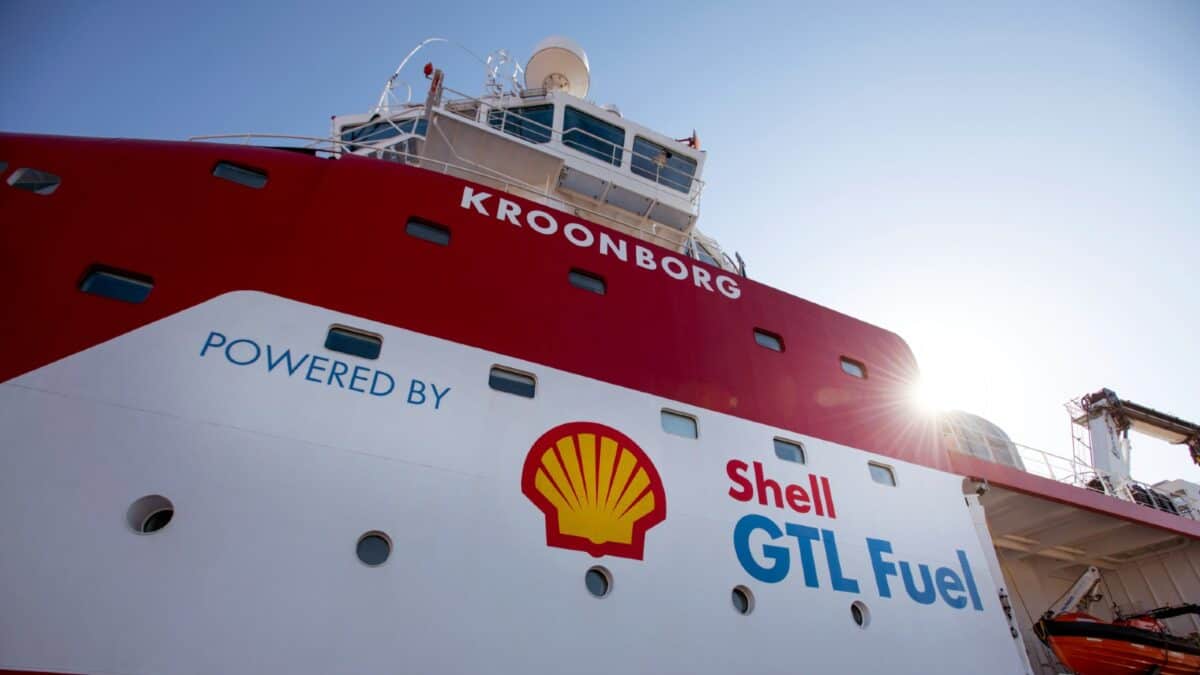Image source: Rolls-Royce Holdings plc
The Rolls-Royce (LSE:RR) share price has surged again, but it’s not because of another earnings beat, as it has been on many occasions over the past 18 months.
Rolls-Royce stock jumped because its nascent business in mini-nuclear power plants was chosen as the preferred supplier by the Czech government.
Investors have been getting excited about this small modular reactor (SMR) business for a couple of years, mainly for its prospects in the UK.
However, it has also faced challenges. The SMR business segment has limited cash flows and CEO Tufan Erginbilgiç hasn’t always been wildly positive about its prospects.
So, let’s take a look at what’s taken place.
The Czech deal
Rolls-Royce was chosen from seven potential providers by CEZ Group, the Czech state utility company, as the preferred choice for its SMR programme.
It’s the first deal of its kind in Europe. The first reactor is slated for construction near the Temelin nuclear power plant before 2035. CEZ is planning to install up to 10 SMRs by 2050. Each Rolls-Royce SMR is designed to generate 470 megawatts of electrical power.
An impressive 90% of the SMRs will be built in factory conditions. Each unit measures about 16 metres by four metres. This aids replicability and onsite activity, which also significantly reduces project risk and speeds up the build schedules.
Is it a big deal?
The Czech deal is significant, but potentially more of a milestone than a huge financial win. By beating six other bidders, Rolls-Royce has demonstrated that it really does have a superior proposal to its peers. In turn, this has raised investors’ hopes for future contract wins, some of which will be more lucrative.
One place the FTSE 100 company could prosper is at home in the UK. It hopes to gain a significant share of the government’s £20bn fund for SMRs, where its designs may be used to build up to 16 reactors.
However, a decision isn’t expected imminently. The UK government’s aim is for a final investment decision to be taken in the UK in 2029. Rolls also has its sights set beyond Europe, signing memorandums of understanding with Jordan and Turkey.
The recent developments are particularly encouraging as the global market for SMRs is expected to be huge, reaching $72.4bn by 2033 and $295bn by 2043. That’s a compound annual growth rate of 30% in this period.
Interestingly, Erginbilgiç believes Rolls-Royce and the UK currently have an 18-month lead on other countries.
In short, it’s a major opportunity, one that could potentially dwarf some of its other segments (civil aviation, power systems, and defence).
Risk remain
Like any company, an investment in Rolls-Royce isn’t risk-free. Some investors may argue that the stock is getting a little expensive at 32 times forward earnings. Others will point to the pandemic, and how it demonstrated the firm’s dependence on its civil aviation business.
Personally, I’m still bullish on Rolls-Royce, and that’s only partially because of the SMR division. It currently operates three very profitable segments, and everything is moving in the right direction.
Credit: Source link














